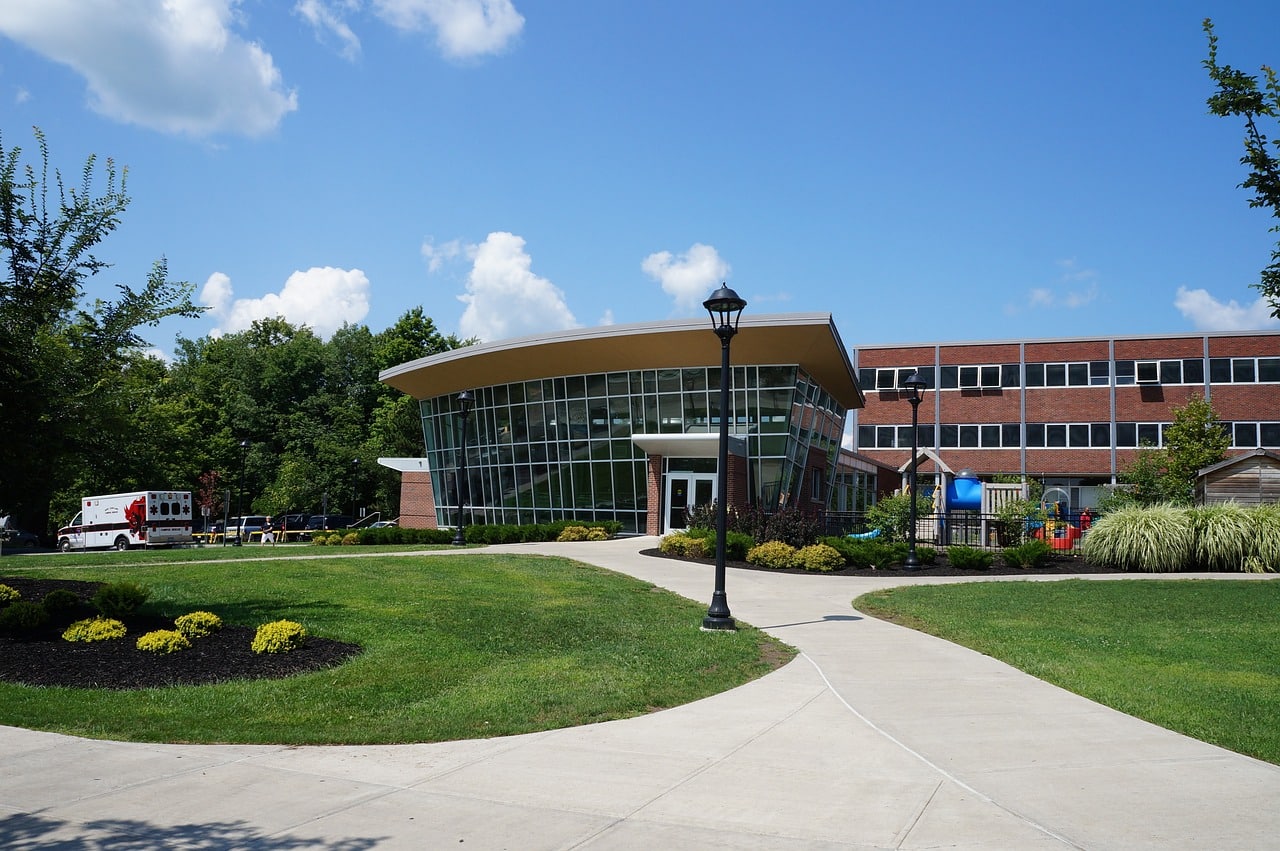As cities worldwide increasingly struggle to produce enough food and manage an ever-expanding population, urban agriculture has emerged as a viable solution. By transforming vacant spaces into productive gardens and farms, urban agriculture offers a sustainable approach to providing local fresh vegetables for people in densely populated areas while invigorating communities and creating positive public health outcomes. Industry expert John Gessin looks at how urban agriculture improves our cities one garden at a time.

Definition of Urban Agriculture and its Benefits
Urban agriculture is growing and cultivating crops within a city or urban environment. It has gained widespread popularity in recent years as more people are recognizing the benefits it can provide. One major benefit is that it promotes food security by providing fresh produce to city residents. It helps to minimize carbon emissions by decreasing the need to transport food over long distances. Additionally, urban agriculture creates opportunities for employment and community engagement, bringing people together around a shared goal of producing healthy, sustainable food. By bringing agriculture closer to urban areas, we can create more resilient and sustainable communities better equipped to meet future challenges.
Types of Urban Agriculture that Transforms Vacant Spaces

Transforming vacant spaces into thriving urban agriculture sites is becoming increasingly popular in cities worldwide. Various types of urban agriculture can be adopted to transform vacant spaces, and John Gessin explains just how. Rooftop gardens, hydroponics, and aquaponics are just a few techniques to make the most of these unused areas. Along with the ecological and environmental benefits that urban agriculture provides, it’s a proven economic driver, providing jobs and business opportunities for local communities. Through innovative techniques and knowledge sharing, the potential of urban agriculture is limitless.
How to Start an Urban Garden in a Vacant Space
With urbanization on the rise, finding new ways to stay connected to nature is becoming increasingly important. One great way to do that is by starting an urban garden in a vacant space. It is a fun and rewarding hobby and a great way to give back to the community by producing fresh, healthy food. If you’re unsure where to begin, don’t worry: plenty of online resources and local gardening clubs help you get started. Whether you’re looking to create a small herb garden on your windowsill or cultivate a sprawling rooftop garden, there’s always a way to make it happen. So why wait? Grab your gardening gloves and get started today!
Challenges Faced by Urban Agriculturists
Urban agriculturists encounter numerous challenges that stem from their location and the nature of their work. For starters, space is a major issue in most urban areas, making it difficult to find suitable agricultural land. The problem is compounded by high land prices, which make it hard for urban farmers to secure affordable farming space. Weather also plays a role in the challenges faced by urban agriculturists. Urban settings are known for their heat island effect, which can cause temperatures to rise to uncomfortable levels for plants. Urban agriculturists face soil contamination, pests, and the lack of essential support services. Despite these challenges, urban agriculturists persevere in providing fresh, healthy produce to their local communities.

Examples of Successful Urban Gardening Projects Across the Globe
Urban gardening has gained popularity in recent years thanks to its numerous benefits. From providing fresh produce to improving air quality and mental health, it’s no surprise that many cities embrace this trend. John Gessin has noted successful urban gardening projects globally, and their findings are inspiring. Rooftop gardens in Singapore, community gardens in New York City, and vertical farms in Tokyo are just a few examples of how urban gardening can transform a city’s landscape and positively impact communities. These successful projects show that with
creativity and determination, the possibilities for urban gardening are endless.
Ways to Promote and Support Urban Agriculture in Your Community

Urban agriculture is a growing trend that allows city dwellers to grow their food and contribute to a more sustainable future. If you’re interested in promoting and supporting urban agriculture in your community, there are several things you can do. Consider starting a community garden or rooftop farm, attending local farmer’s markets to show your support, and advocating for policies that make it easier for people to grow their food in urban areas. Working together can help create a healthier, equitable, and sustainable future.
Final Thoughts
Urban Agriculture is an important movement towards reducing food insecurity in cities worldwide and transforming our lives unexpectedly. We must strive to seek new ways to promote urban agriculture in our communities, including donating our time, knowledge, or materials that can help support urban gardeners. Whether by providing free resources at local libraries and community centers or creating a network of like-minded people passionate about urban gardening, let’s share our skills and experience. It is through collaboration and mutual support for each other that we can make the most of vacant spaces through Urban Agriculture. We are helping ourselves enhance our cities meaningfully and providing for others by taking initiatives like these. So, let’s join hands and be part of this multi-faceted change as active global citizens. Let’s fight for a future where everyone has access to nutritious food!



